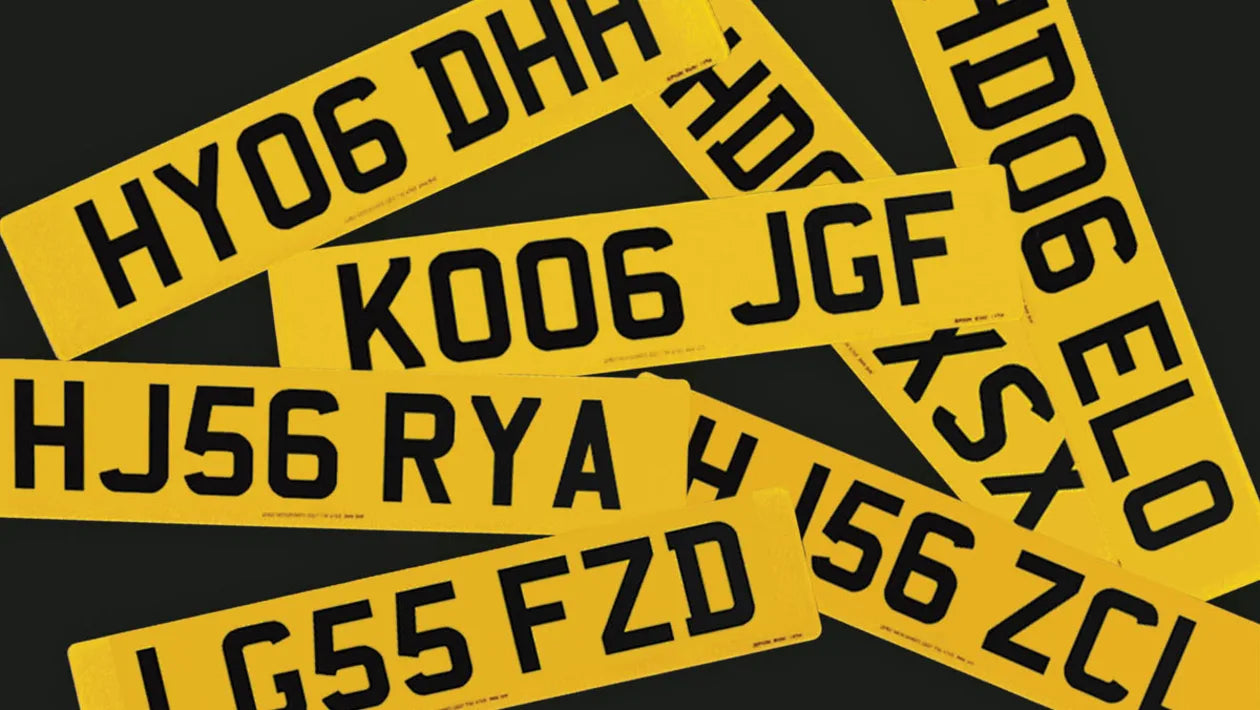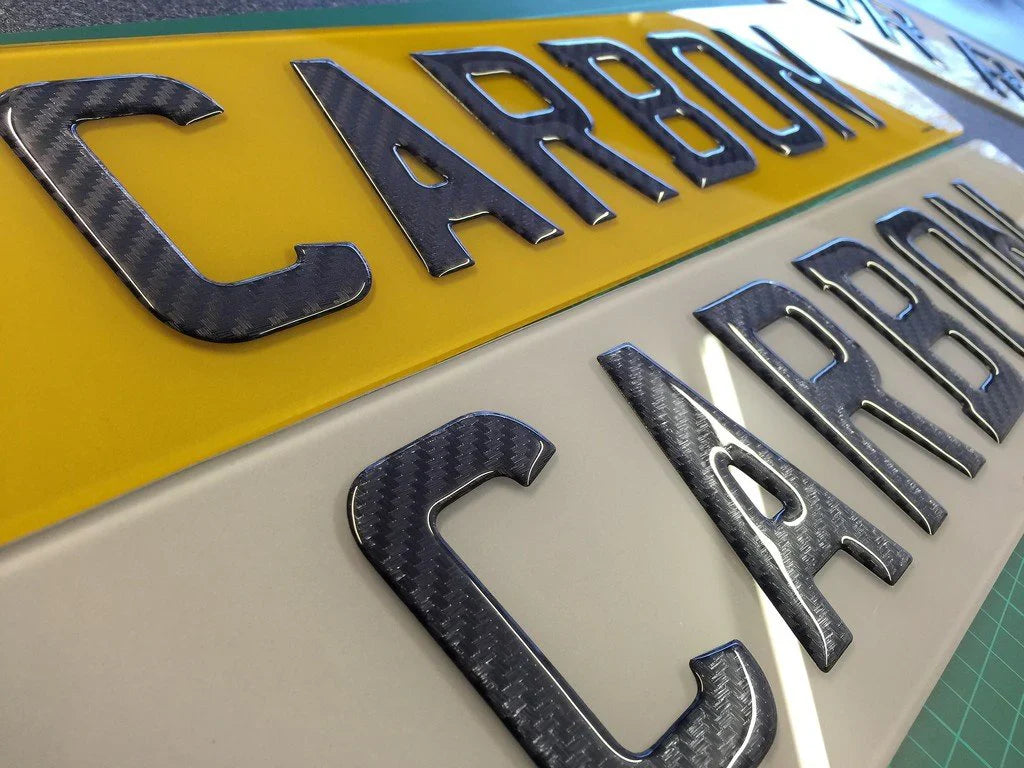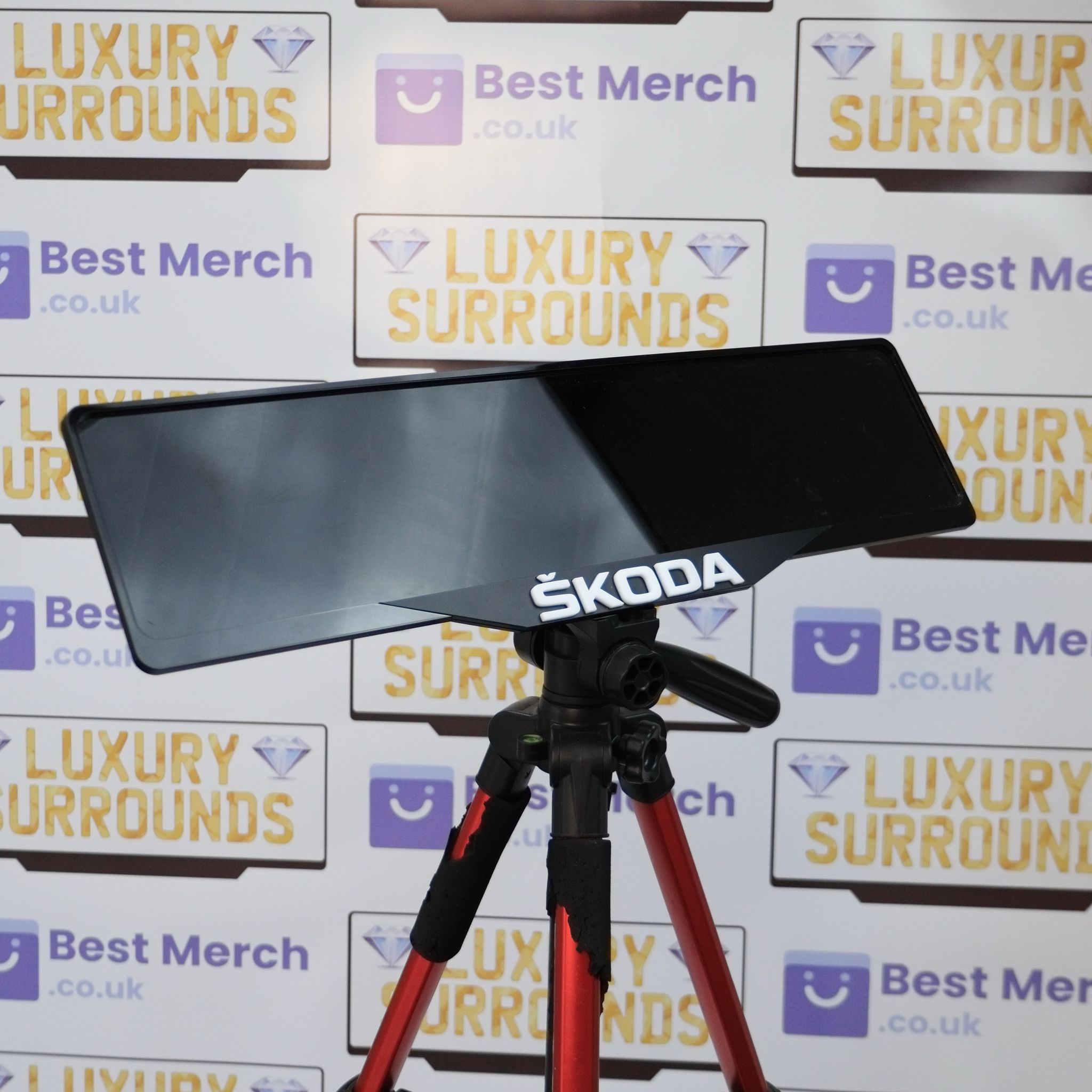
Stay Ahead of the Game: Understanding the New Rules and Regulations for UK Number Plates
, by Reece Dennis, 10 min reading time

, by Reece Dennis, 10 min reading time
Stay Ahead of the Game: Understanding the New Rules and Regulations for UK Number Plates
In the ever-evolving world of driving regulations, staying informed is key to keeping yourself ahead of the game. And when it comes to UK number plates, recent changes have brought about a need for a thorough understanding of the new rules and regulations.
From 1st September 2021, the introduction of new number plate designs has caused a stir, with drivers and vehicle owners seeking clarity on what these changes mean for them. With the goal of improving road safety and enhancing the identification process, the updated regulations cover various aspects, including font, style, and the use of national emblems.
As an owner or potential buyer of a vehicle, staying abreast of these changes is essential to ensure compliance and avoid penalties. In this article, we delve into the intricacies of the new UK number plate regulations, providing you with a comprehensive breakdown of what you need to know. From font requirements to spacing rules, we've got you covered, ensuring you're fully equipped to display your number plate legally and confidently. So, let's dive in and get up to speed on the new rules for UK number plates.
The history of UK number plates dates back to 1903 when the Motor Car Act was introduced, making it mandatory for vehicles to display identification marks. Initially, number plates were simple and consisted of a single letter followed by a series of numbers. However, as the number of vehicles on the road increased, a more complex system was needed to ensure effective identification.
In 1932, the current format of a three-letter code followed by a series of numbers was introduced, along with the inclusion of regional identifiers. This system allowed for better organization and tracking of vehicles across different regions of the UK. Over the years, there have been minor changes to the font, size, and style of number plates, but the fundamental format has remained largely consistent.
To understand the new rules and regulations for UK number plates, it's important to first have a grasp of the existing requirements. Currently, all number plates displayed on vehicles in the UK must adhere to the following guidelines:
1. Font and Size: The characters on the number plate must be displayed in a standard font, known as "Charles Wright 2001." The height of the characters should be 79mm, with a width of 50mm, except for the letter "I" and the number "1," which should be 44mm wide. The stroke width must be 14mm.
2. Colour: The characters on the number plate must be black on a white background for vehicles registered after 1st January 1973. For vehicles registered before this date, the characters can be black on a yellow background.
3. Spacing: The characters on the number plate must be evenly spaced, with a margin of 11mm between each character group. The margin between the groups of characters should be 33mm.
4. Identifiers: The number plate must include a registration mark, consisting of three letters followed by a space and then three numbers. The letters must be in a specific format, representing the region and year of registration.
5. National Emblems: The use of national emblems, such as the Union Jack or the St. Andrew's Cross, is optional. However, if used, they must be displayed on the left-hand side of the number plate.
A UK number plate consists of several components, each serving a specific purpose in identifying the vehicle and ensuring compliance with regulations. Let's take a closer look at these components:
1. Prefix: The first two letters on the number plate represent the local memory tag, which indicates the area where the vehicle was registered. These letters are followed by two numbers that represent the year of registration.
2. Suffix: Similar to the prefix format, the suffix format consists of three letters followed by three numbers. The first two letters indicate the area of registration, while the last letter represents the year of registration.
3. Current Format: The current format, introduced in 2001, consists of two letters indicating the area of registration, followed by two numbers representing the year of registration. This format is still in use today.
4. Style: The style of the number plate refers to the font, size, and spacing of the characters. As mentioned earlier, the standard font used is "Charles Wright 2001," with specific requirements for size and spacing.
When displaying a UK number plate, it's important to avoid common mistakes that could result in penalties or non-compliance. Here are some key mistakes to watch out for:
1. Altering Characters: It is illegal to alter or distort the characters on a number plate in any way. This includes adding decorative symbols, changing the font, or altering the spacing between characters.
2. Using Illegal Fonts: Only the standard font, "Charles Wright 2001," is permitted for UK number plates. Using a different font, even if it appears similar, is a violation of regulations.
3. Incorrect Spacing: The spacing between characters and groups of characters must adhere to the guidelines mentioned earlier. Failing to maintain the correct spacing can lead to non-compliance.
4. Illegible Characters: The characters on a number plate must be clear and easy to read. This means avoiding any obstructions, such as dirt or damage, that may hinder visibility.
To ensure compliance, it is crucial to obtain number plates from reputable suppliers who meet the legal requirements. In the UK, number plate suppliers must adhere to the following regulations:
1. Registered Supplier: Number plate suppliers must be registered with the Driver and Vehicle Licensing Agency (DVLA) and display their registration details on their products.
2. Source of Materials: Suppliers must use materials that meet the required standards, ensuring durability and visibility of the characters on the number plate.
3. Identification and Record-Keeping: Suppliers are required to verify the identity of the purchaser and keep records of the transaction for a period of at least three years.
4. Display of Information: The number plates supplied must display the name and postcode of the supplier, along with the British Standard number (BS AU 145e) and the manufacturer's name or trademark.
Choosing a reputable UK number plate supplier is essential to ensure compliance with regulations and the quality of the product. Here are some factors to consider when selecting a supplier:
1. DVLA Registration: Ensure that the supplier is registered with the DVLA and displays their registration details on their products.
2. Positive Reviews and Reputation: Look for suppliers with positive reviews and a good reputation for delivering high-quality number plates.
3. Compliance with Standards: Check if the supplier adheres to the required standards, including the use of approved materials and correct display of information.
4. Customer Support: Consider the level of customer support provided by the supplier, including assistance with any queries or issues related to the number plates.
As mentioned earlier, recent changes have been introduced to UK number plate regulations, aiming to improve road safety and enhance identification. These changes include the introduction of new number plate designs and updated guidelines for font, style, and national emblems.
1. New Number Plate Designs: From 1st September 2021, number plates with a new design have been introduced, featuring a hologram-like effect to prevent tampering and cloning.
2. Font and Style Requirements: The font requirements remain the same, with the use of "Charles Wright 2001." However, slight adjustments have been made to the style, including the addition of a vertical line separating the region and year identifiers.
3. National Emblems: The use of national emblems on number plates is still optional. However, the position of the emblem has changed, requiring it to be displayed on the left-hand side of the number plate.
1. Can I use a personalized number plate that doesn't adhere to the standard format?
No, personalized number plates must still adhere to the standard format and display the required characters and identifiers.
2. Are there any exceptions to the font and size requirements?
No, all number plates must use the standard font, "Charles Wright 2001," and adhere to the specified size requirements.
3. Can I use a different font for decorative purposes?
No, using a different font, even for decorative purposes, is a violation of regulations.
4. What should I do if my number plate gets damaged or becomes illegible?
If your number plate becomes damaged or illegible, you must replace it with a new one that meets the required regulations.
Understanding the new rules and regulations for UK number plates is vital for vehicle owners and potential buyers. By staying informed and adhering to the guidelines, you can ensure compliance, avoid penalties, and contribute to road safety. From font requirements to spacing rules, we've covered the intricacies and common mistakes to help you display your number plate legally and confidently.
Remember to choose a reputable supplier, check for compliance with standards, and keep up with any recent changes or updates in the regulations. By staying ahead of the game and understanding the new rules for UK number plates, you can drive with confidence and peace of mind.




